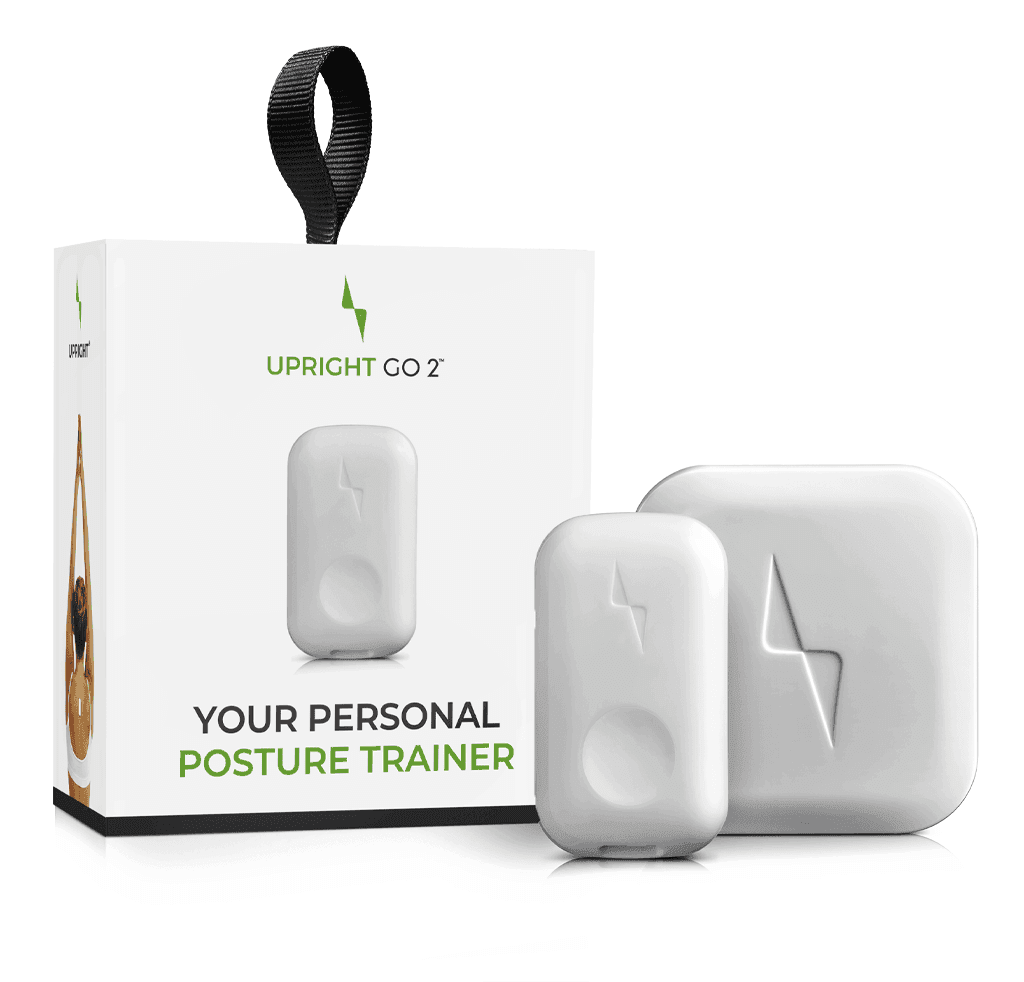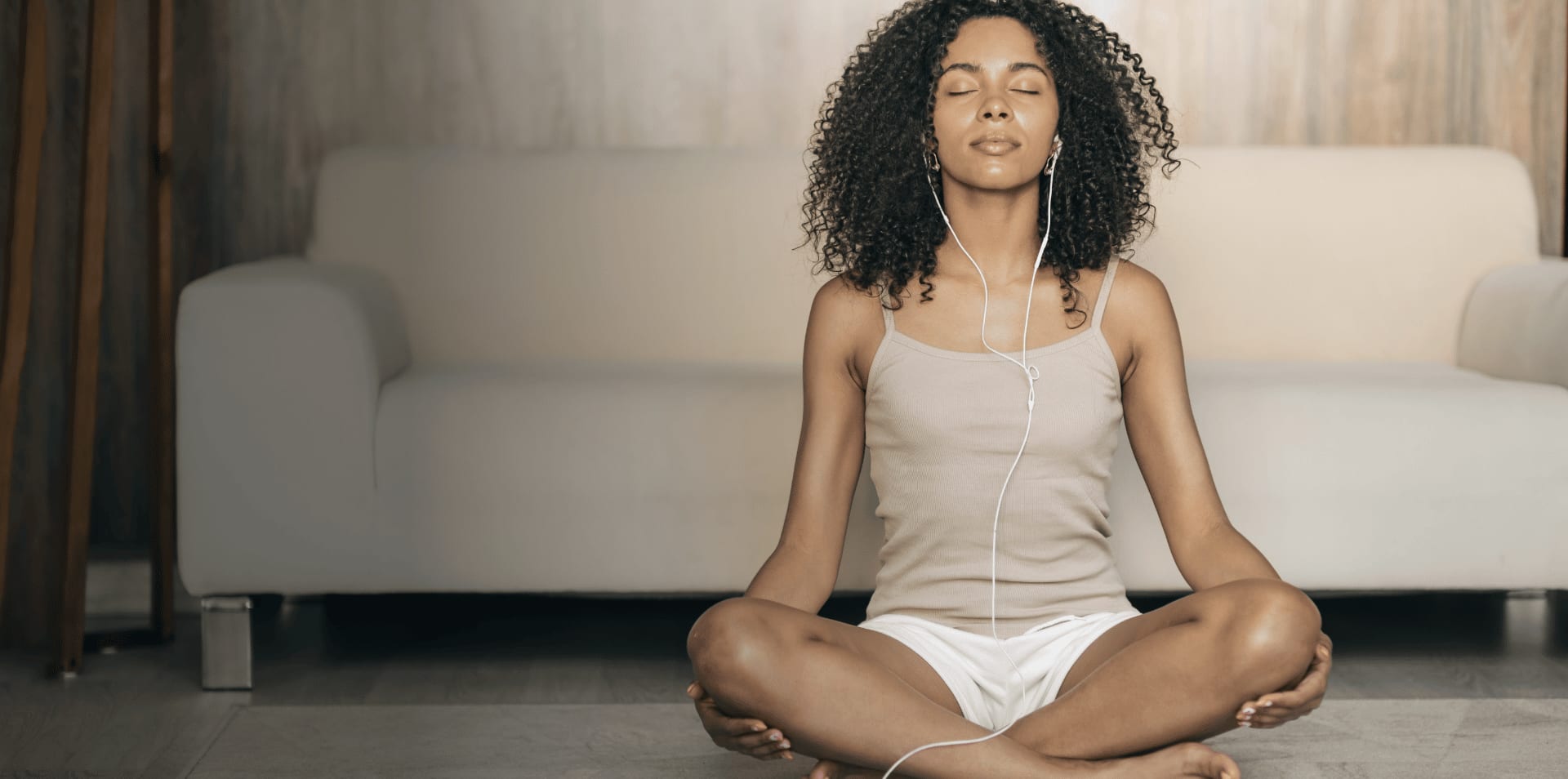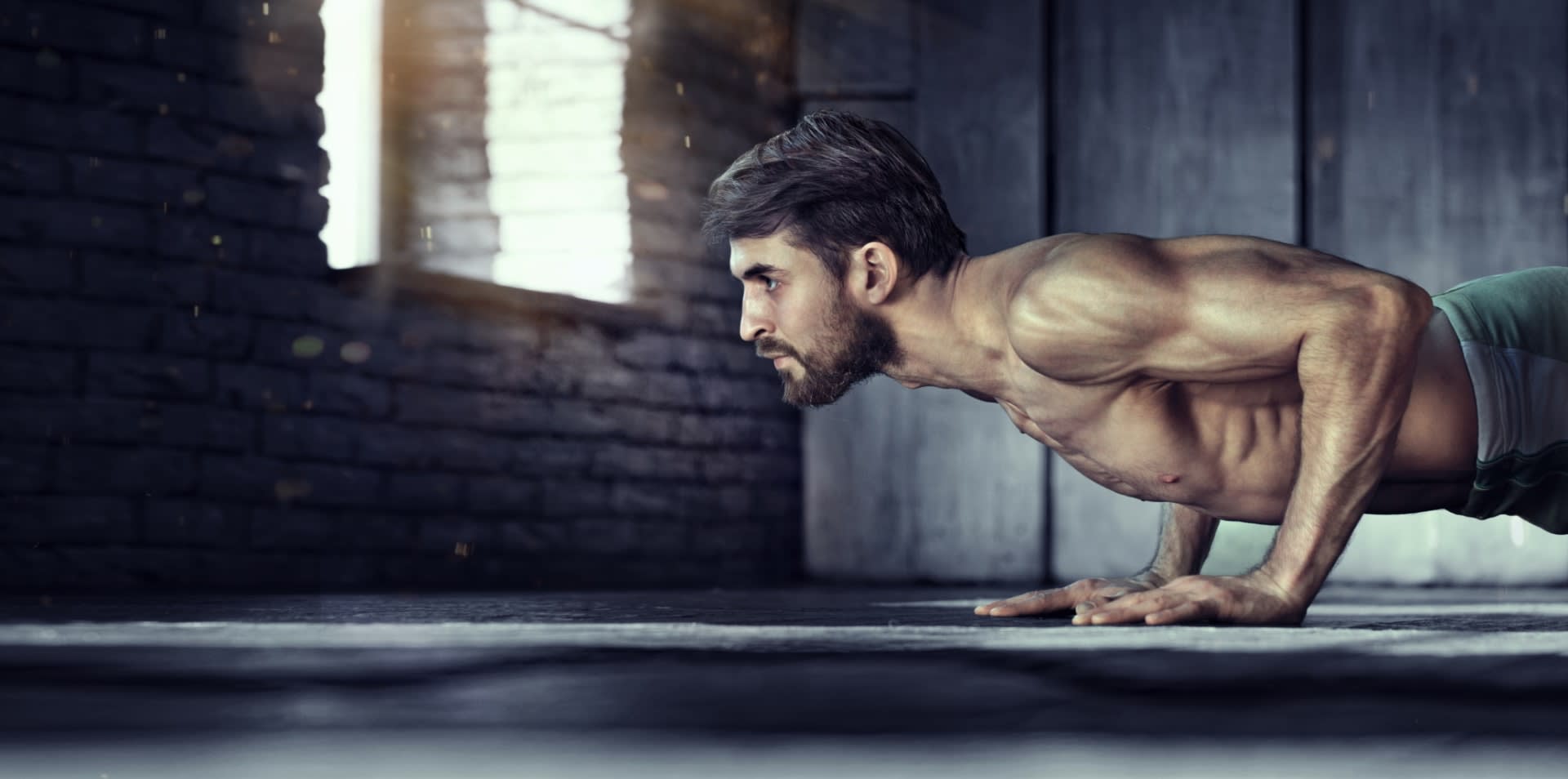How to Sit in an Interview and Get Hired
Jonny Hart

“What’s your biggest weakness?” is always a tricky interview question. Oftentimes, the answer will be staring the interviewer in the face before you’ve even said a word.
For many of us, poor posture is that weakness, though we might not realize it. The nonverbal cues we send via our body language can easily affect the outcome of a job interview. That’s why it’s so important to choose our body positions as carefully as we do our words.
In this article, we’ll show you how to sit in an interview in order to maximize your chances of landing that dream job.
Prep for the big day with an UPRIGHT GO 2 smart posture trainer.
Fake it till you make it

How many times have you gone into a job interview feeling less than confident? Don’t worry, it’s perfectly normal to be nervous in a high-pressure situation like that, especially when you’re trying to impress. The trick is to get a handle on your nerves and not let them get the better of you.
“Power poses don’t just reflect power, they produce it.”
Now, you’re probably wondering how you can project an air of confidence when, deep down, you’re a bundle of nerves. The answer lies in a 2012 Harvard University study entitled The Benefit of Power Posing Before a High-Stakes Social Evaluation. The study found that adopting an open, relaxed body position – or “high-power” pose – doesn’t just reflect power, it produces it. In other words, the way you hold your body can actually trick your brain into feeling confident.
Pretty mind-blowing stuff!
It all happens on a chemical level. Power posing increases production of the dominance hormone testosterone, making you feel like the powerful, action-oriented risk-taker you wish to be seen as. At the same time, it decreases the stress hormone cortisol, which is responsible for those pesky interview jitters that are holding you back.
Participants in the Harvard study were required to deliver a speech while in either a high or low-power pose as part of a mock interview. Interestingly, the high-power posers performed better and were considered more employable than those with a closed-off or “low-power” body position. Let that be an incentive to improve your posture and tap into your inner strength.
Make a good first impression

As you wait to meet the interviewer, be aware that the receptionist or potential future colleagues might be observing you. This is the perfect time for you to get into a confident upright posture with your back straight and your chin parallel to the ground. Doing so will put you in the right frame of mind for what’s to come.
Interviewers are usually busy people who have to make quick decisions. In fact, they’ll often size you up in the first 10 seconds of meeting you. Their assessment starts the moment you enter the room, which is why you should walk in with purpose and energy, but never strut.
With your shoulders pulled back and your neck extended, walk directly toward the interviewer, maintaining eye contact. A friendly smile and a firm handshake show confidence and will help create an instant bond.
How to sit in an interview
How you sit in an interview says more about you than you may realize. Leaning back in your chair may be interpreted as a lack of interest in the job or a careless attitude. Slouching forward can indicate nervousness and low self-esteem. Crossing your arms or legs might give the impression that you’re defensive or standoffish.
Instead, when the interviewer offers you a seat, sit with your back straight (but not too stiff) against the chair, feet firmly on the floor. You might find it useful to imagine an invisible string pulling you up from the top of your head. Good upright posture not only projects confidence, but also makes you appear taller, which is considered by many to be a sign of intelligence and credibility.
You’ve heard of dressing for success. Well, think of this as sitting for success!
Speak using hand gestures

If you naturally talk with your hands, it’s fine to do that in the interview as long as your gestures aren’t overly enthusiastic or aggressive. Try to avoid short, sharp motions; you don’t want your fingers of fury distracting the interviewer from your words. That means no “karate-chop” gestures when you’re making a point… and certainly no pointing!
If you’re unsure what to do with your hands, loosely clasp your fingers together and rest them on your lap or on the table in front of you. Or, for a more confident pose, you could press your fingertips together to form a church steeple.
Whatever you do, don’t be tempted to stick your hands in your pockets or below the table to hide your anxiety. Showing open palms signals honesty and engagement and will put the interviewer at ease.
Maintain appropriate eye contact
Emphasis on the word appropriate.
Maintaining eye contact with the interviewer is important for a few reasons; it shows that you’re giving them your undivided attention and also that you’re trustworthy. However, you’ll want to strike the right balance. Burning holes into the interviewer with your eyes will for sure make them uncomfortable and a little creeped out. Avoiding eye contact altogether can make you appear shifty and aloof.
A better way to show your interest in the interviewer is to glance at different parts of their face. Rather than gaze into the windows to their soul (awkward!), try alternating between their eyes, nose, and mouth every couple of seconds. It’s also fine to let your eyes wander from time to time, as you would if you were chatting with a friend.
When the interviewer is talking, throw in the occasional head nod to show that you’re actively listening.
Mirror the interviewer’s body language
One of the fastest ways to establish a good rapport with the interviewer is to adopt the same gestures, facial expressions, or posture as them. While mimicking their behavior might sound disrespectful or even childish at first, “mirroring” is actually a proven technique for building trust in a relationship. Done right, it can make the other person feel as if they’re seeing themselves reflected in you, creating an unspoken affinity between you.
Pay attention to the interviewer’s body language; if he sits in a more formal position, do the same. If he becomes more relaxed as the interview progresses, let your own posture reflect that. If he leans in slightly, follow suit, taking care to maintain a neutral spine. Don’t overdo it, though, or he might see through you.
Beyond the interview
Of course, knowing how to sit in an interview is only half the battle. You’ll want to maintain that good form once you start working, as correct posture in the office is essential to your focus, productivity, and general wellbeing.
Ready to sit (and stand) head and shoulders above the competition? Pick up an UPRIGHT GO 2 today and fulfill your true potential.
Upright welcomes pieces by outside contributors with diverse opinions. Send your submissions to: [email protected].
You Might also Like
Search
Sign up to our newsletter
Follow Us On
Popular
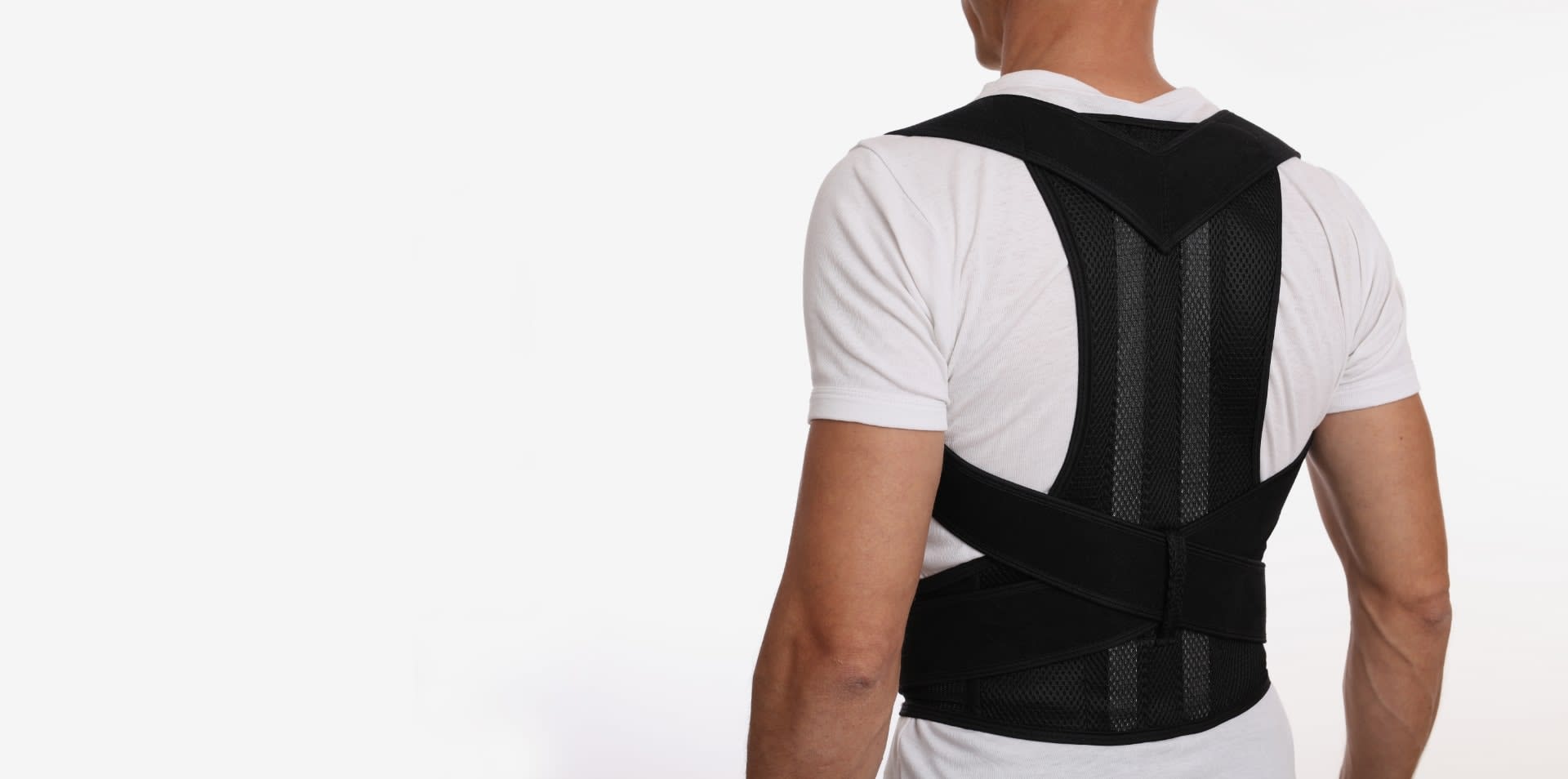
Is it Bad to Wear a Posture Brace?
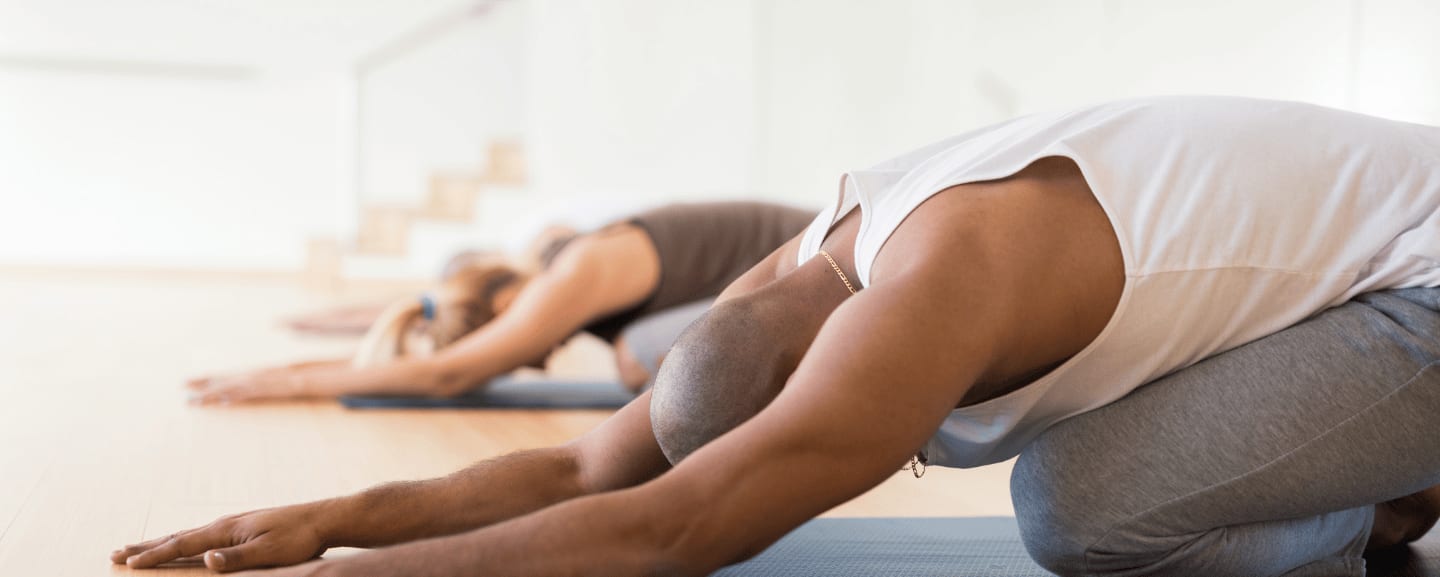
How Can I Straighten My Spine?
Are Shoulder Braces Good for Posture?

Check out the UPRIGHT GO 2
